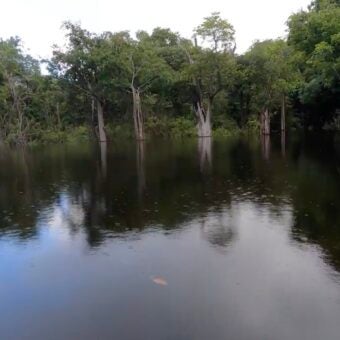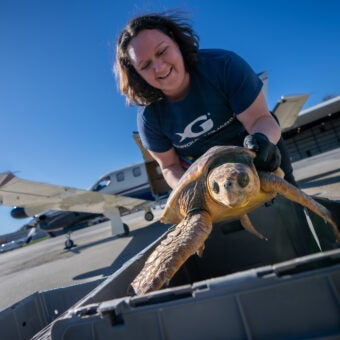ATLANTA (November 28, 2023) – Prince William Sound lies in the heart of the southcentral Alaska coastline, encompassing 3,500 miles of intricate coastline. With a dramatic landscape of fjords, islands, and over 150 glaciers, Prince William Sound is home to a vibrant diversity of wildlife. Over 220 species of birds share the Sound with brown and black bears (Ursus arctos, U. americanus) and an array of marine mammals including orca (Orcinus orca), minke (Balaenoptera acutorostrata) and humpback whales (Megaptera novaeangliae).
Prince William Sound is a resilient ecosystem and holds significant historical, cultural and spiritual value. Past impacts include logging and mining activities, whaling and sea otter trades, the 1964 earthquake, and notably, the 1989 Exxon Valdez Oil Spill, from which recreation and wilderness values as well as some seabird and marine mammal populations are still recovering. Prince William Sound faces current challenges with accelerating climate change, warming ocean temperatures, threats from invasive species, persistent marine debris, and balancing increased tourism with sustainability. In the face of these challenges, Alaska Native communities continue their ancient traditions today, relying on subsistence hunting from both land and sea.

International marine conservation non-profit Mission Blue has named Prince William Sound as a Hope Spot in honor of its resilience, innovation, and community.
Dr. Sylvia Earle, founder of Mission Blue, says “Prince William Sound is a place of tremendous resilience and the first Hope Spot in Alaska. Through education, awareness, citizen science and volunteer projects, the champions and partners of this Hope Spot are working to protect the resources of Prince William Sound. They encourage users to be good stewards of the environment and help safeguard it for now and for future generations.”
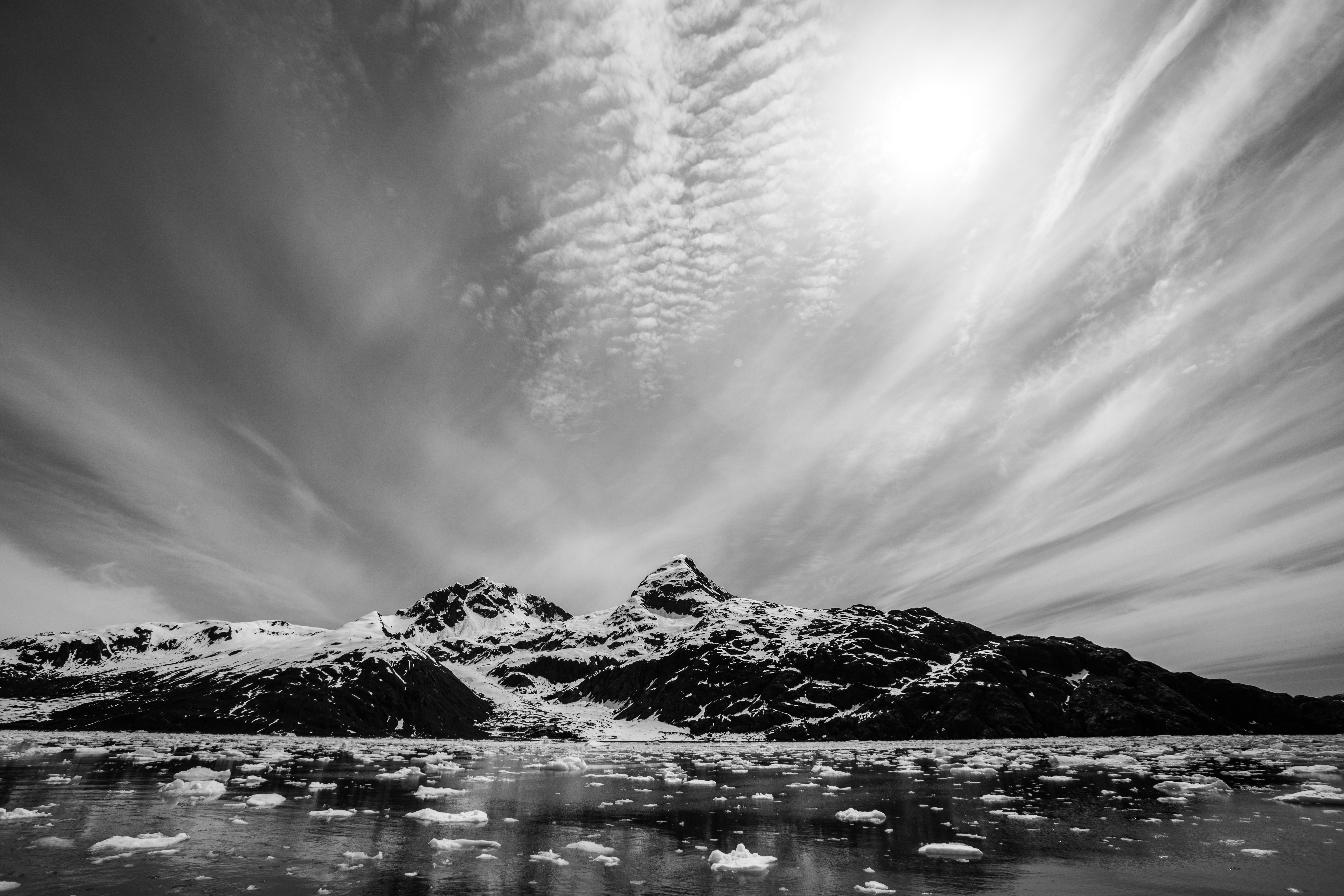
Dr. Charla Hughes, Executive Director of the Prince William Sound Stewardship Foundation (PWSSF) and Dr. Dayne Buddo, Director of Global Policy at Georgia Aquarium are recognized as the Hope Spot Champions.
“We are honored and delighted for Prince William Sound to join the esteemed network of Mission Blue Hope Spots as the first one in the State of Alaska. We hope this designation will encourage stewardship as well as even greater community engagement across the Sound,” said Dr. Charla Hughes, Executive Director of the Prince William Sound Stewardship Foundation. “PWSSF looks forward to celebrating the Sound’s incredible cultural, historical, and scientific significance at our sixth annual PWS Natural History Symposium in May and to working with our growing community of partners and volunteers on hands-on stewardship projects.”

The Prince William Sound Stewardship Foundation and Georgia Aquarium are working to conserve, restore, and encourage responsible stewardship of Prince William Sound. With public education, citizen science, and restoration projects focused on marine debris, invasive species, trail maintenance and campsite restoration, these organizations are positively impacting the future of Prince William Sound.
“Prince William Sound is a vital ecosystem that supports diverse marine species, its connected waterways, and human life, especially in Native communities throughout the Sound. As the first Alaskan Hope Spot, we hope to continue preservation and restoration efforts alongside our partners through research, conservation, education and policy, to ensure that this iconic landscape can be protected for generations to come,” said Dr. Dayne Buddo, Director of Global Ocean Policy at Georgia Aquarium.
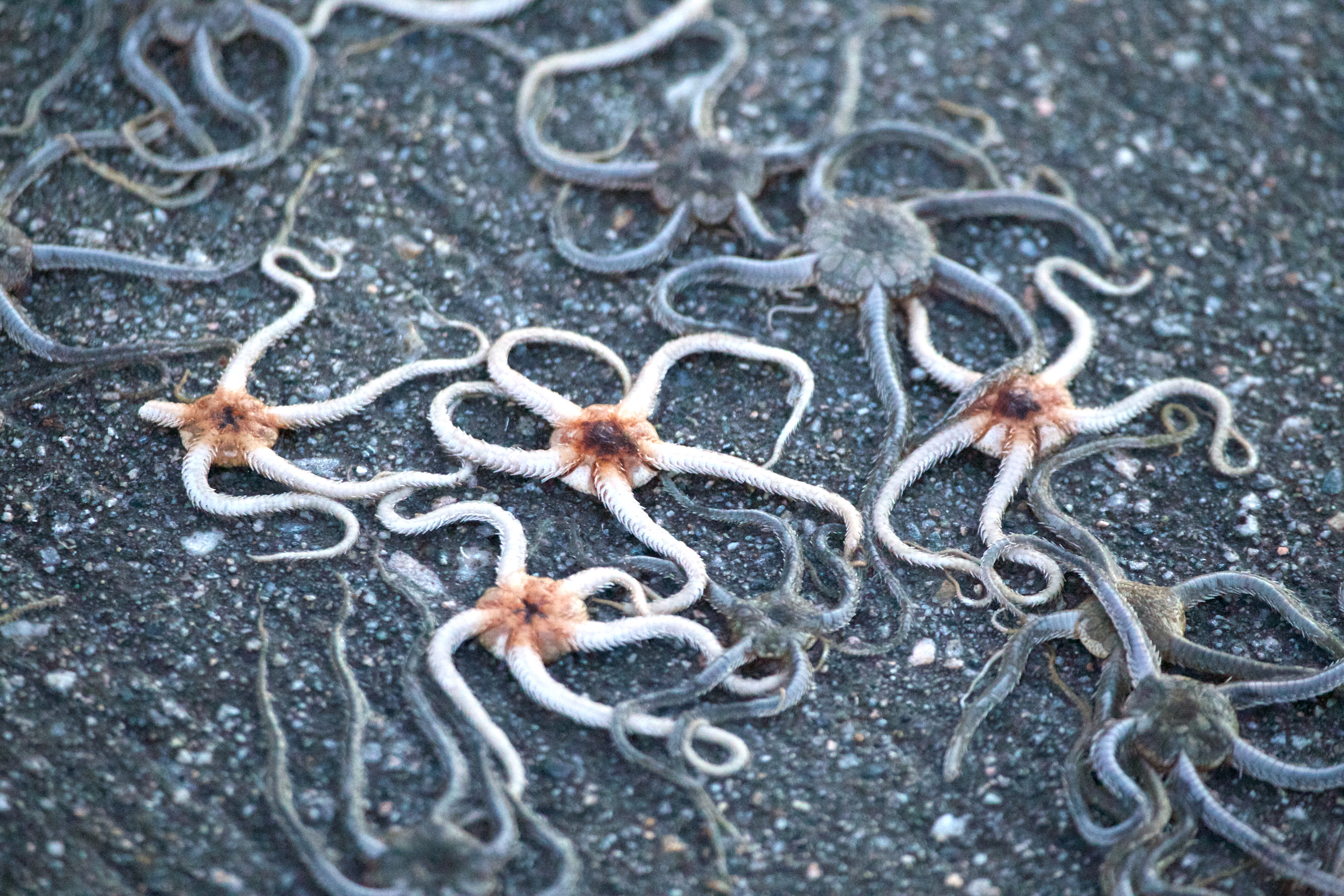
The Prince William Sound Hope Spot is bordered by the Chugach Mountains to the north and east, the Kenai Peninsula to the west, and the Gulf of Alaska to the south. Like a vast inland sea, the Sound serves as a connector between rivers and bays and the Gulf of Alaska and, consequently, the North Pacific Ocean.
The glacial waters of Prince William Sound are rich in marine nutrients, supporting five species of salmon, migrating populations of humpback whales, resident and transient pods of killer whales, and much more. In order to make the arduous journeys from the ocean back to their natal rivers, salmon build their strength feeding in the rich waters of the Sound, and humpback whales feed here to build strength for the migration to Hawaiian waters for birthing. Kelp forests comprised of bull, ribbon and sugar kelp also contribute to the marine ecosystem by providing habitat and nutrients for marine species, and acting as carbon sinks.
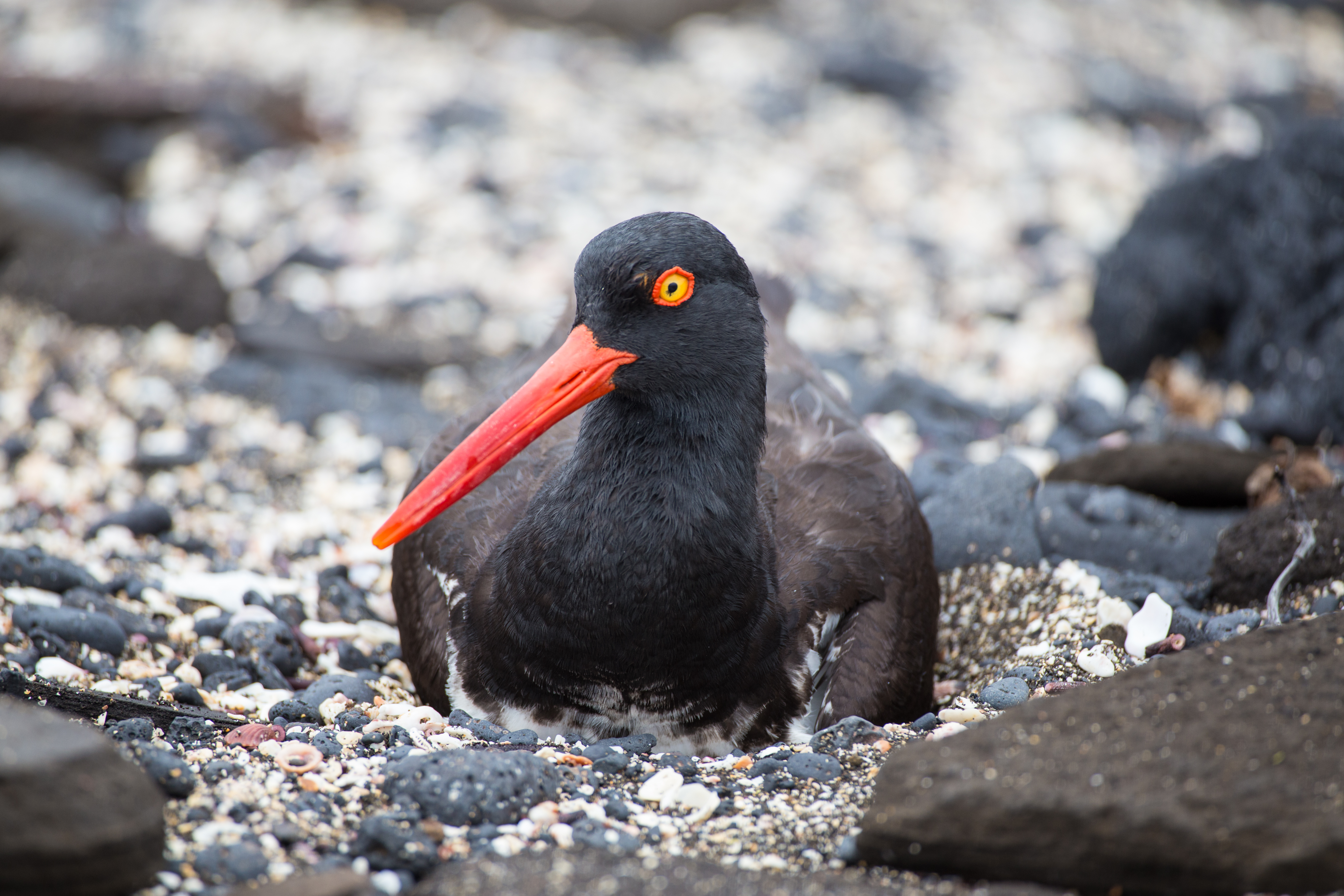
Prince William Sound is easily accessible from Anchorage, Alaska’s largest city. Several economic drivers including recreation, ecotourism and commercial fishing provide opportunities for the area’s residents and visitors. Kelp is also a growing economic driver for Prince William Sound, as kelp grows in popularity as a superfood and for other applications.
“Imagine a place where the mountains shoot up from the ocean, glaciers you can walk on that touch the ocean’s tides, and a place full of life from the sky to the rocks in the water. With over 6 million acres (about the size of New Jersey) of land and over 5,000 miles of coastline, this is Chugach, where over 1,500 Alutiiq/Sugpiat and dAXunhyuu (Eyak) people call home. On the west side of the Chugach region is the Nellie Juan-College Fjord. Chugach Natives have called Chugach home for 10,000 years since our glaciers have receded and our mountaintops emerged from the ice. As stewards of the region, we have had an intricate, respectful, and protective relationship with our land and its resources,” said Willow Hetrick, Executive Director of Chugach Regional Resources Commission. “This is a timely and appropriate step to ensuring the continued resilience of inhabitants and visitors to PWS alike.”
“The Chugach National Forest welcomes the work by Mission Blue and the PWS Stewardship Foundation bringing positive attention to Prince William Sound. Mission Blue strives to protect places that ‘are scientifically identified as critical to the health of the ocean’ which could not be more true for the Chugach National Forest lands of the Prince William Sound,” said Chris Stewart, District Ranger on the Glacier Ranger District of the Chugach National Forest.

“The scientists at the U.S. Geological Survey Landslide Hazards Program were very pleased to hear that Prince William Sound was selected as a Mission Blue Hope Spot. Given our research focus, we spend much of our time directed towards better understanding the region’s natural hazards. Yet, each day we get to spend working in and reflecting upon Prince William Sound is a privilege,” said Dennis Staley, Research Physical Scientist at the Alaska Volcano Observatory.
On the 35th anniversary of the Exxon Valdez Oil Spill, Prince William Sound stands as a symbol of resilience. The long-term work of world-class oil response personnel working alongside community-based organizations has supported the area’s continued recovery and bright future.
Learn more about Prince William Sound by watching the video below:
About Prince William Sound Stewardship Foundation
The Prince William Sound Stewardship Foundation (PWSSF) is a local 501(c)(3) nonprofit dedicated to keeping Prince William Sound healthy, clean, and wild for all to enjoy. PWSSF supports its mission through public education events, marine debris cleanups, trail work, campsite restoration, invasive species mitigation, and more.
About Georgia Aquarium
Georgia Aquarium is a leading 501(c)(3) non-profit organization located in Atlanta, Ga. that is Humane Certified by American Humane and accredited by the Alliance of Marine Mammal Parks and Aquariums and the Association of Zoos and Aquariums. Georgia Aquarium is committed to working on behalf of all marine life through education, preservation, exceptional animal care, and research across the globe. Georgia Aquarium continues its mission each day to inspire, educate, and entertain its millions of guests about the aquatic biodiversity throughout the world through its engaging exhibits and tens of thousands of animals across its eight major galleries.
###




